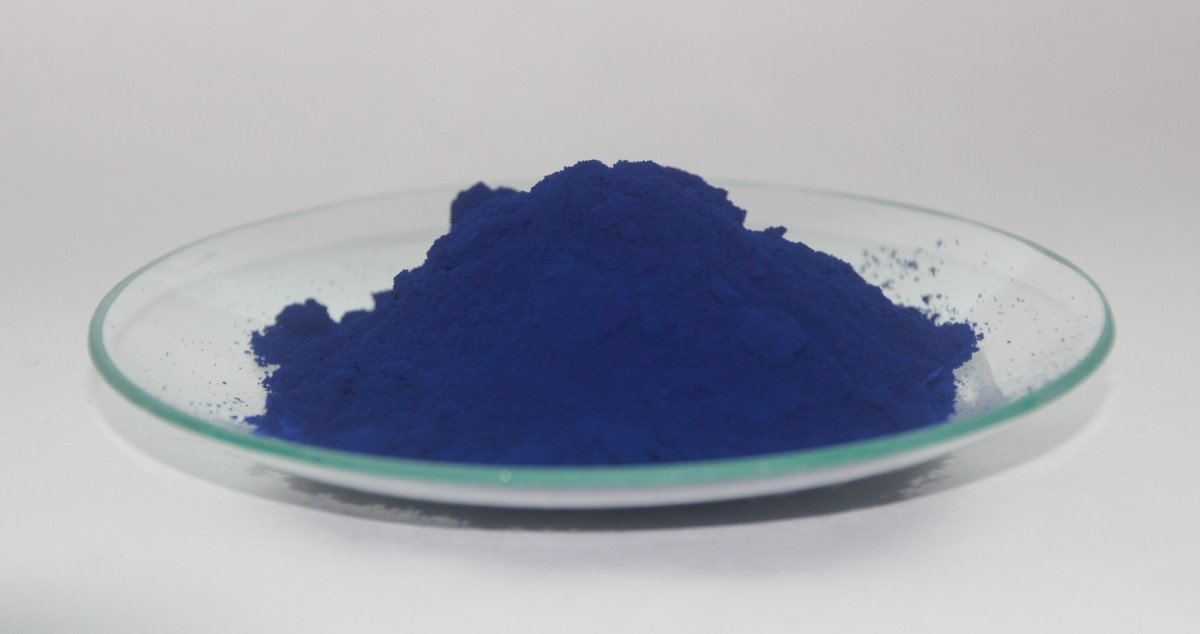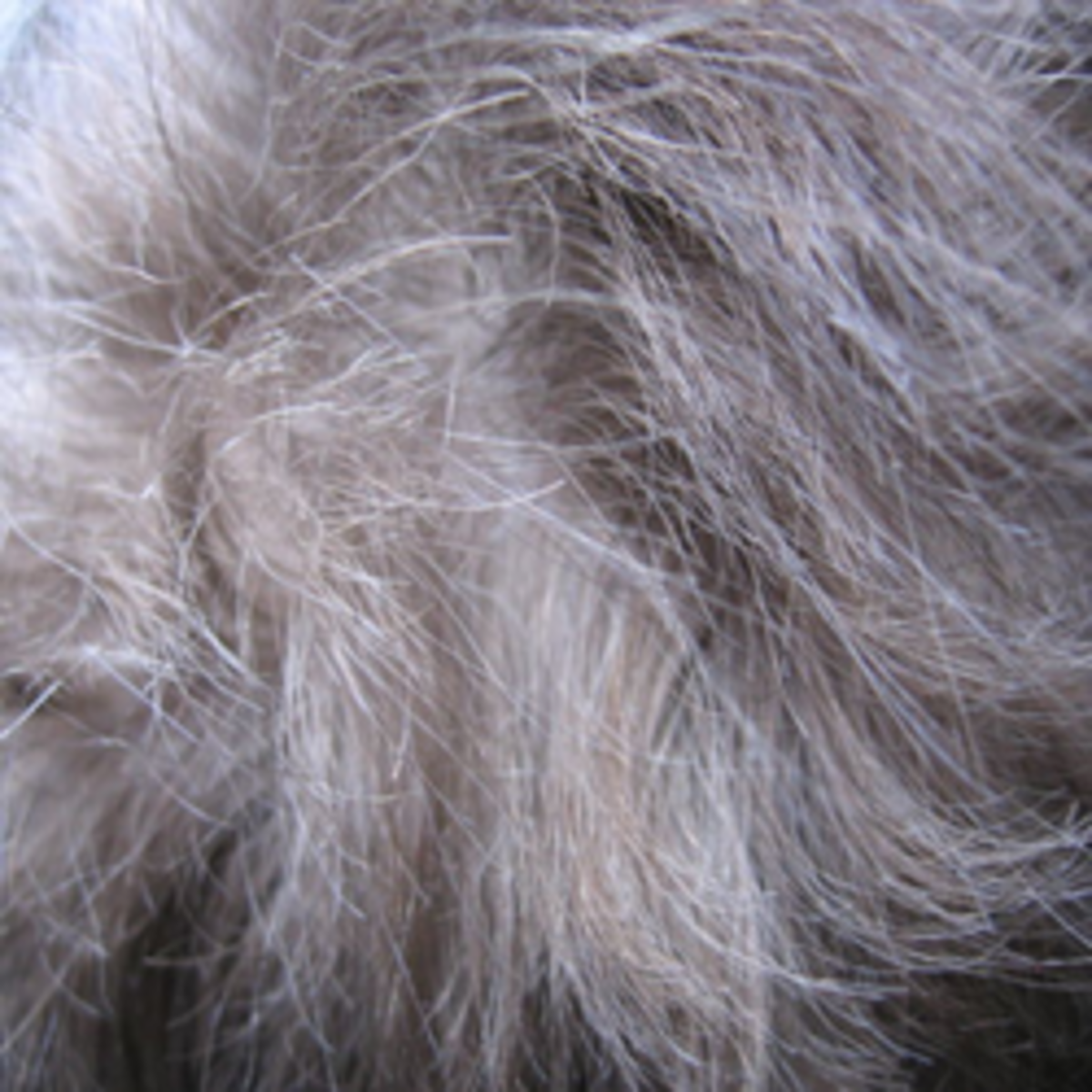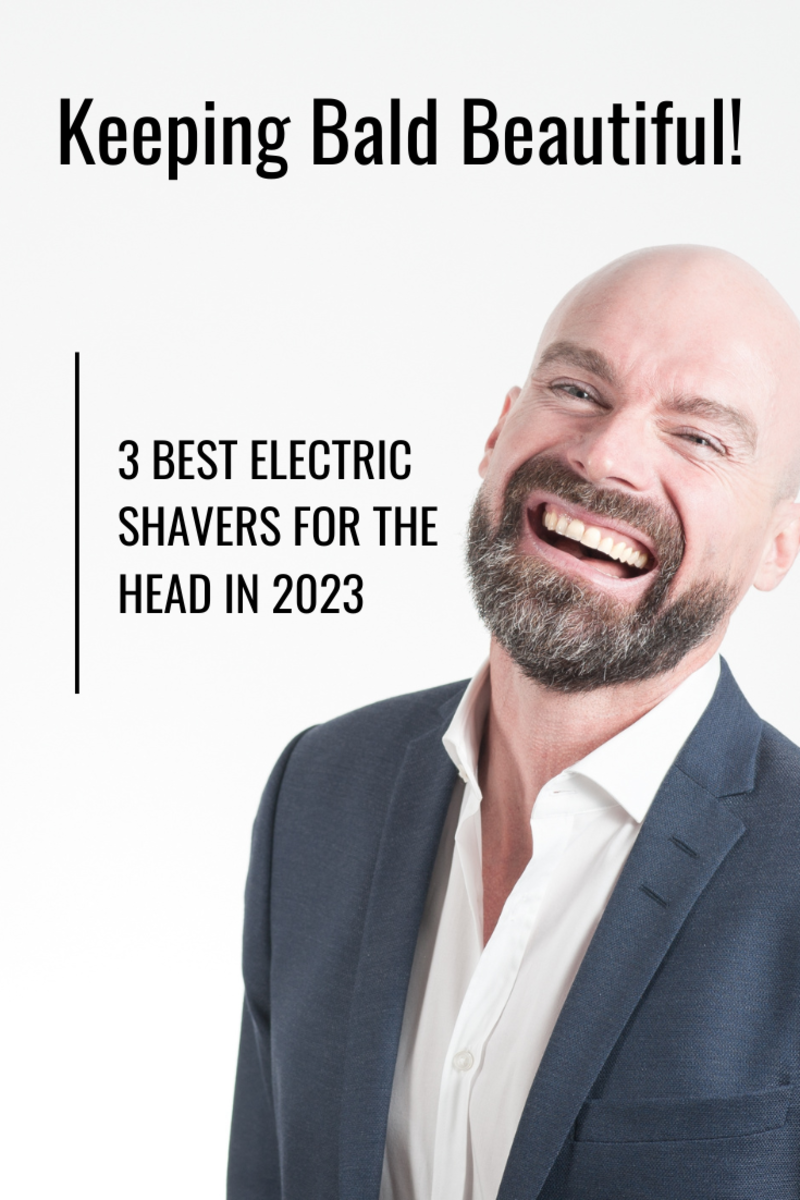Colouring the Hair

Introduction
None of us wants took older than our age and few of us welcome those first grey hairs. In fact, there is no such thing as grey, only white colourless hair mixed with brown which gives an illusion of grey.
No one can grow grey overnight. Even though shock or illness may affect production of pigment, it is not until the new hair has grown that you can see it is white. Those of you who could prefer not to colour your hair, should choose sifter colours in clothes and make-up, since the skin colouring is also toned down by the same natural ageing process.
White hair can be dry and wiry, so a conditioner is a must. Even the cleanest white hair can grow yellow at the edges from smoke, dust and dirt in the hair. To go further into the subject of colour, an understanding of the colouring treatment is essential. We have two main types of hair colouring, so let us have a quick look at them before we continue:
1. Temporary Hair Colouring Rinses: In this treatment, the hair shaft is coated with clear colour to darken or highlight. If you are not going to fight the white, the temporary rinse will keep it looking bright. It really is temporary, coating each hair only until the next shampoo. Colours come in coloured conditioning setting lotions, water rinses and shampoos, and will enhance white hair with silver pearl or blue colours.
A rinse can also add burnished gold or copper highlights to light or medium-coloured hair. It can bring out the red in the hair and brighten your dark hair with shine. With your next shampoo, the rinse washes away completely.
2.Semi- Permanent Treatment: Shampoos of semi-permanent hair colourants come in one bottle and need no mixing. They penetrate the hair slightly and don't require the aid of a peroxide developer. The hair colour produced by such products fades gradually and naturally, lasting through four to six shampoos. As the colour fades, there is not root retouching to do. But most semis will only hide up to 25% grey. They blend white hairs into your natural shade, but usually don't cover them completely. The secret of success is to choose a colour as near your own as possible. Semi-permanent colouring is rather easy to do on your own. The results are very natural looking, and the colour never rubs off on linen or clothing. Touches aren't necessary because a new application is repeated every four weeks.

Hair Colouring Treatment with Chemical Dye
If you have a lot of white hairs, only a permanent colourant will cover them. Look for packs with two bottles to mix. One contains colour, the other peroxide which helps the colour penetrate deeply into the core of each hair to give longer lasting colour (six to eight weeks), and biggest colour change. You can even lighten your hair. Most are shampooed on. The colour doesn't wash out but after about every 4 weeks, the roots will need re-touching. Modern applications make it easy to apply the colour just where you want on the roots where the new hair growth is showing.
The disadvantage of oxidation colouring is that it makes the hair dry and porous, so use plenty of conditioners. The hair colourant now available in the market are ammonia-free. Ammonia is a strong alkali used to make the colour compound penetrate deeply. But colourants formulated with strongly and leave the hair better condition.
Today there are two kinds of permanent hair colouring products available; penetrating tints and coating tints, like herbal hair dyes. The subtlest way of camouflaging grey hair is to have streaks done professionally. Tiny thread-like sections of hair are tinted all over the head, and is made up of several different shades, results can be very natural-looking. Less retouching is necessary.

How to Colour Your Hair at Home
Henna: Different shades are made by mixing henna powder with the following;
- Get 2 cups of Henna powder, 1 cup of warm water, a teaspoon of lime juice. Stir the henna powder and water into a thick paste. Add the lime juice to help release the dye. Let it stand for an hour.
- One or more tablespoon of ground cloves mixed with henna will give you a darker shade.
- A dark brown shade may be obtained by mixing one part of henna to 3 parts indigo.
- A tablespoon of coffee and 2 tablespoons of amula powder mixed with henna also darken the results.
- To counteract the drying add curd and a tablespoon of raw mustard oil.
Walnut Shells
Walnut shells make another harmless dye which progressively adds colour to the hair. Put walnut shells in a mortar and cover with water. Add a touch of table salt. Let it stand for three days. Now add three cups of boiling water and simmer for 5 hours, always make sure that the evaporated water is replaced. Express the dark liquid from the shells by means of a press or by twisting the shells in a cloth.
Replace separated liquid in the pot again and now reduce to a quarter of its volume. Add a small piece of alum as fixative. Remember to use on clean shampooed hair. Boil 4 teaspoons of any tea in a quart of water until a dark brown liquid is obtained. Alum is used to set the dye. Strain and use like a rinse. Repeat rinses until the desired shade is required.

How to Choose a Colour
Now you know the methods you can use to change the colour of your hair, but most important point is determining the colour that's correct for you. You can't just make a blank statement and say "I want my hair to look the way it did when I was 25". When you were 25, your dark hair looked right with your complexion. A quarter of a century later, however, the same near-black hair will be much too harsh for your skin and face and will, in fact make you look older, the rule to follow is the darker your hair colour, the younger you should be. The older you are, the lighter your hair colouring should be.
Tips to know before colouring your hair at home:
1. Always do a patch test
Work with dirty hair
Don't fight the red in your hair

Final Thoughts
The primary rule is avoid overlapping of colour by retouching surfaces every four weeks. No more and no less. Exactly every four weeks. If dyeing or bleaching is scheduled sooner, you overprocess the previously treated hair and this is very noticeable from the hair's dry and brittle appearance. If you colour or bleach five or six weeks later, you underlap the previously treated hair and create an uneveb structure of the hair.
This is harmful since the original chemical process of dyeing or bleaching alters the structure of the hair to begin with. So, an exact four-week retouch is a must. In addition, after colouring, you must allow your hair to remain for three days and three nights to allow the process to oxide properly.







